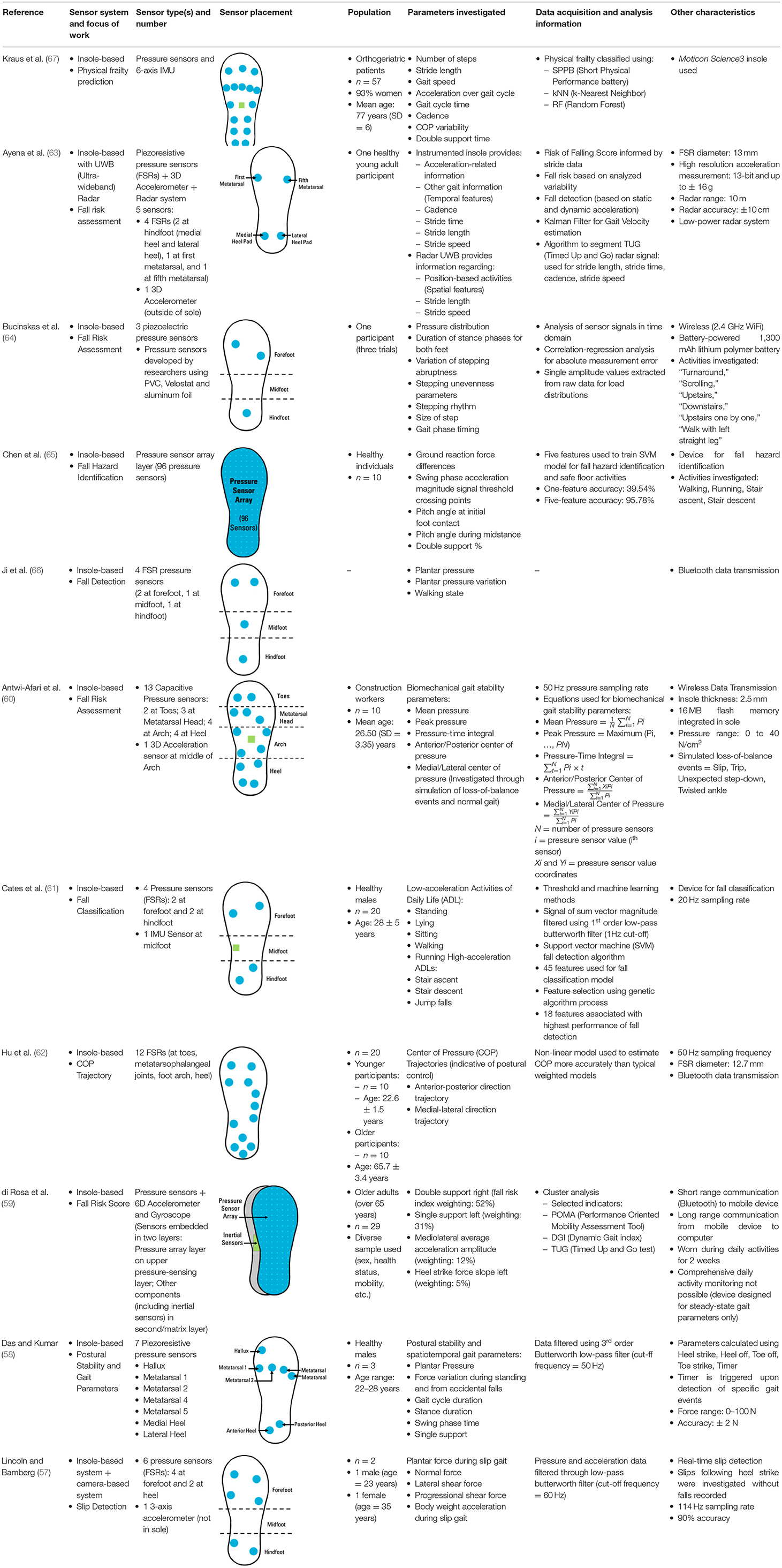Rumored Buzz on Dementia Fall Risk
Dementia Fall Risk - An Overview
Table of ContentsExcitement About Dementia Fall RiskNot known Facts About Dementia Fall RiskSome Known Details About Dementia Fall Risk Not known Facts About Dementia Fall Risk
A loss danger assessment checks to see just how most likely it is that you will drop. The evaluation usually consists of: This includes a series of questions regarding your total wellness and if you have actually had previous drops or issues with equilibrium, standing, and/or strolling.Interventions are suggestions that might decrease your risk of falling. STEADI consists of 3 actions: you for your threat of falling for your danger factors that can be improved to try to protect against falls (for example, equilibrium issues, impaired vision) to decrease your threat of dropping by utilizing effective techniques (for example, providing education and resources), you may be asked several concerns consisting of: Have you fallen in the past year? Are you fretted about falling?
If it takes you 12 seconds or more, it may mean you are at higher risk for a fall. This examination checks strength and equilibrium.
Relocate one foot midway ahead, so the instep is touching the big toe of your various other foot. Move one foot fully in front of the various other, so the toes are touching the heel of your various other foot.
The Best Guide To Dementia Fall Risk
Most falls take place as an outcome of several adding factors; consequently, handling the risk of falling begins with identifying the factors that add to fall risk - Dementia Fall Risk. Several of the most relevant risk variables consist of: Background of prior fallsChronic clinical conditionsAcute illnessImpaired gait and balance, reduced extremity weaknessCognitive impairmentChanges in visionCertain risky drugs and polypharmacyEnvironmental factors can also raise the risk for drops, including: Inadequate lightingUneven or damaged flooringWet or unsafe floorsMissing or damaged hand rails and order barsDamaged or improperly equipped tools, such as beds, mobility devices, or walkersImproper use assistive devicesInadequate guidance of the individuals living in the NF, consisting of those who display aggressive behaviorsA effective autumn danger administration program needs a complete professional assessment, with input from all participants of the interdisciplinary team

The treatment strategy ought to also consist of interventions that are system-based, such as those that promote a safe environment (proper lights, hand rails, order bars, etc). The efficiency of the treatments must be examined periodically, and the treatment strategy revised as essential to mirror changes in the loss danger evaluation. Carrying out an autumn threat management system utilizing evidence-based finest method can reduce the occurrence of drops in the NF, while restricting the capacity for fall-related site web injuries.
The 10-Minute Rule for Dementia Fall Risk
The AGS/BGS standard advises evaluating all adults matured 65 years and older for loss risk every year. This screening consists of asking clients whether they have dropped 2 or even more times in the previous year or looked for clinical attention for a loss, or, if they have not dropped, whether they really feel unsteady when strolling.
Individuals that have actually fallen once without injury must have their equilibrium and gait assessed; those with gait or balance irregularities must receive extra analysis. A background of 1 fall without injury and without gait or balance issues does not require more evaluation past ongoing yearly fall threat testing. Dementia Fall Risk. A fall danger assessment is required as component of the Welcome to Medicare exam

The Buzz on Dementia Fall Risk
Documenting a drops history is one of the top quality indications for loss avoidance and management. copyright drugs in specific are independent forecasters of falls.
Postural hypotension can commonly be alleviated by decreasing the dosage of blood pressurelowering drugs and/or quiting medications that have orthostatic hypotension as a side result. Usage of above-the-knee support pipe and resting with the head of the bed raised might additionally lower postural reductions in blood pressure. The suggested components of a fall-focused physical exam are displayed in Box 1.

A pull time more than or equal to 12 secs recommends high loss danger. The 30-Second Chair Stand test examines lower extremity stamina and equilibrium. Being incapable to stand up from a chair of knee elevation without making use of one's arms shows enhanced autumn danger. The 4-Stage Equilibrium examination assesses fixed balance by having the client stand in 4 positions, each progressively much more difficult.